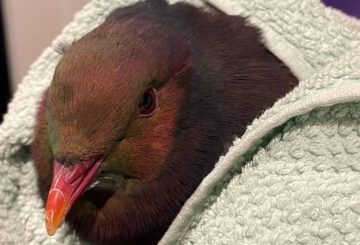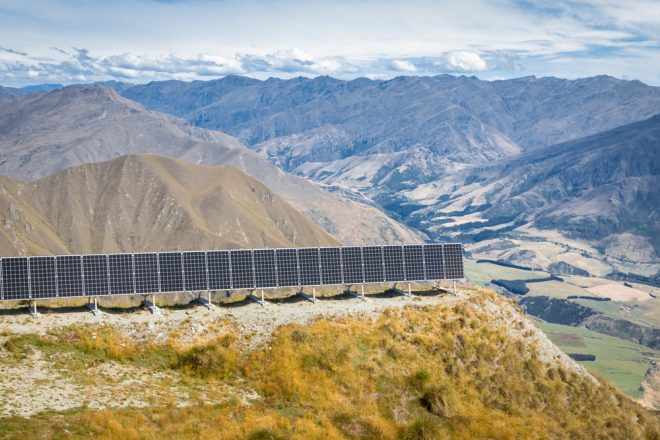배전업체 WEL네트웍스와 재생에너지 개발업체 인프라텍이 뉴질랜드 최초의 유틸리티 규모 배터리 에너지 저장 시스템(BES)에 대한 평가 작업을 마무리하고 있다.
국내 29개 전력배급기관 중 하나인 WEL네트웍스는 뉴질랜드 북섬 와이카토 지구의 35MW급 프로젝트가 건설 준비 중이며 2022년 10월 완공될 예정이라고 밝혔다.
뉴질랜드는 2030년까지 국가 탄소 중립 정책 목표의 일환으로 WEL Networks는 와이카토 BES가 송전망에 더 많은 재생 에너지를 설치하고 연결하는 것부터 지역 전기 공급의 신뢰성을 높이고 공급 및 수요 불균형을 교정하기 위해 빠른 재생 에너지를 제공할 수 있도록 설계할 것이라고 말했다.
WEL Networks의 최고 경영자 Garth Dibley에 따르면이 프로젝트의 비용은 약 2,500만 달러 (미화 1766만 달러)이며 WEL의 마일드스톤인 뉴질랜드의 자원 관리법에 따라 자원 동의를 받았다고 전했다.
Dibley는 “이 기술은 재생 가능한 발전 흡수를 지원하는 동시에 네트워크 복원력을 도울 것”이라고 말했고, 배터리가 전기 자동차(EV)의 충전을 지원하고, 태양광 발전의 이점을 극대화하며 그리드 비상 시 백업을 뒷받침할 것이라고 덧붙였다.
인프라텍의 사업개발 총괄 책임자인 Nick Bibby는 35MW BESS를 개발하고 공급하기 위해 국제 배터리 개발 경험에 의존할 것이라고 말했다.
“지역 사회에 최고의 서비스를 제공하기 위해서는 네트워크에 배터리가 내장되어야 한다. 우리는 20년 수명의 발전된 기술을 이용했고, 따라서 앞으로 모든 헤드라인을 이 배터리가 장식할 것으로 기대한다”
지금까지 인프라텍의 BES 프로젝트에는 뉴질랜드의 상업용 및 산업용(C&I) 배터리 프로젝트와 태평양 통가, 사우스쿡 제도, 마이크로네시아, 나우루, 키리티마티 등의 태양열+저장 및 마이크로그리드 시스템이 포함된다.
이 회사는 뉴질랜드가 재생 에너지 성장과 수력 발전소를 보완하고 북섬과 남섬 사이의 대규모 상호 연결 장치를 백업하기 위해 대규모 배터리 저장고가 시급하다고 믿고 있다고 말했다.





























































